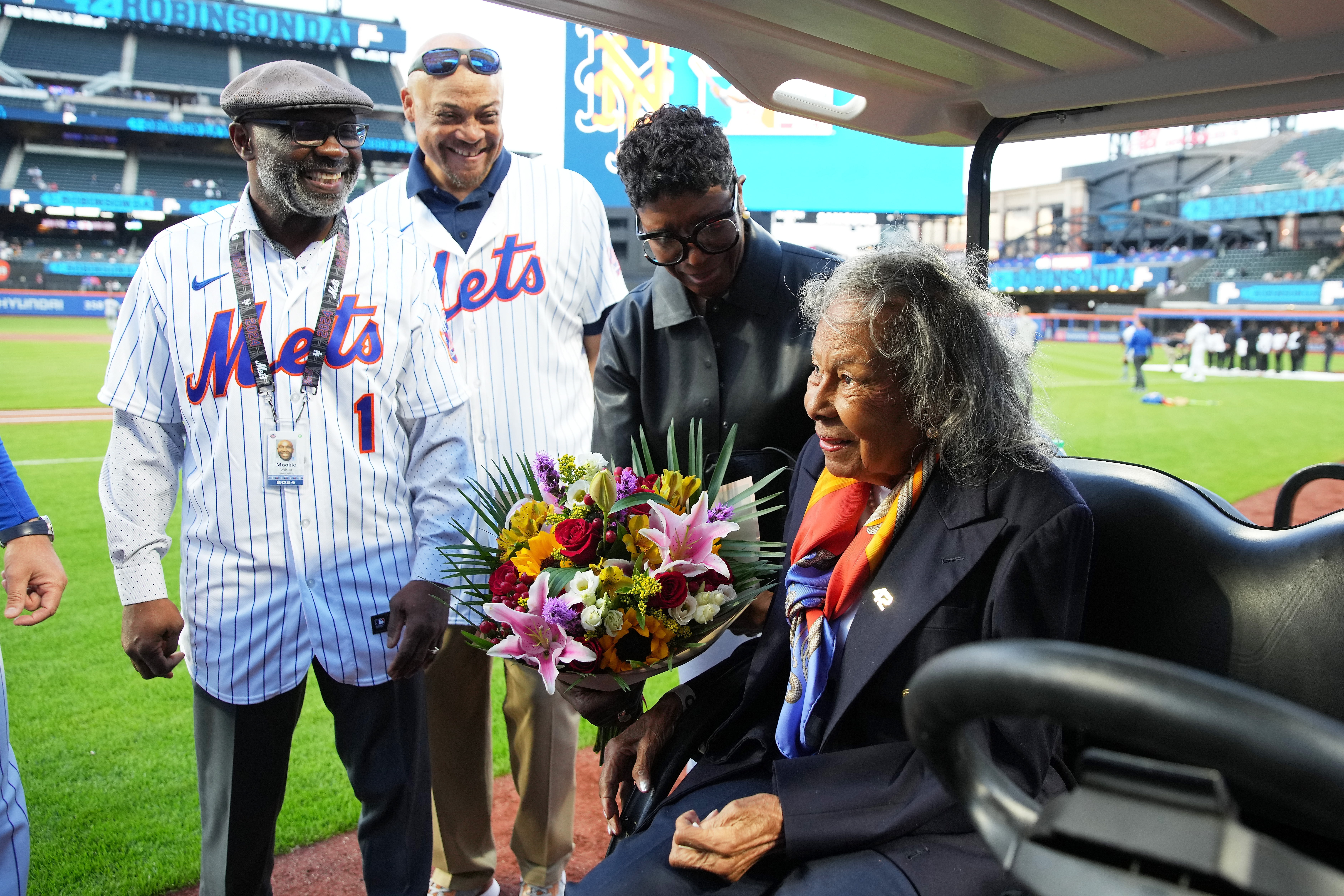How much money do the Phillies have to spend when major league transactions resume?
The answer is complicated.
In 2021, the threshold for the Competitive Balance Tax (colloquially referred to as the luxury tax) was $210 million. The Phillies have said over the years that they would exceed the threshold for the right opportunity when they're in a position to contend, but they haven't done so. Until they do, it's safe to view it as a barrier of sorts.
Stay in the game with the latest updates on your beloved Philadelphia sports teams! Sign up here for our All Access Daily newsletter.
Luxury tax figures are calculated at season's end, and in 2021, the Phillies ended at approximately $202.5 million.
Off the books came Andrew McCutchen, Archie Bradley, Hector Neris, Chase Anderson, Vince Velasquez, Brad Miller and Odubel Herrera. From a luxury tax perspective, that cleared about $40 million. The number that matters for the luxury tax is the annual average value (AAV) of the contract, so if a $60 million player is earning $40 million one year and $20 million the next, $30 million is the applicable figure.
Before the MLB lockout began on December 1, the Phillies signed two free agents to one-year contracts: reliever Corey Knebel ($10 million) and utilityman Johan Camargo ($1.4 million). They also signed to a one-year deal worth $725,000 Seranthony Dominguez, who had been arbitration-eligible.
More than just the AAVs of 26-man roster players go into luxury tax calculations. The figure also includes guaranteed money being paid to players off the 40-man roster (e.g. Scott Kingery), salaries for 40-man roster players who are in the minor leagues (e.g. Mickey Moniak), salaries for players who aren't yet arbitration-eligible (e.g. Ranger Suarez), and player benefits, which are in the range of $15-16 million.
MLB
The Phillies have 10 players signed to guaranteed contracts in Bryce Harper, Zack Wheeler, J.T. Realmuto, Jean Segura, Didi Gregorius, Aaron Nola, Kyle Gibson, Knebel, Camargo and Dominguez. From a luxury tax perspective, those players cost $132,792,649.
The Phillies have three arbitration-eligible players in Rhys Hoskins, Zach Eflin and Jose Alvarado. Barring a long-term deal for any of the three, the combined luxury tax figure for Hoskins, Eflin and Alvarado is projected to be somewhere around $15.5 million.
The combined salaries for the Phillies' pre-arbitration players is an estimated $13.5 million.
Add those three numbers together and you're at just under $161.8 million. Add in the $15-16 million of player benefits and the number is just under $178 million.
If the luxury tax threshold — which increased by $2 million in each of the last two years of the CBA that just expired — were to remain at $210 million for 2022 once the new CBA is finalized, the Phillies would have about $32 million of wiggle room. They'd want to keep some of that flexibility for in-season trades, so it would be closer to about $28 million.
How much more can they accomplish when major-league transactions are no longer frozen?
That number, $28 million, is basically Kyle Schwarber, another late-inning reliever and one small, Brad Miller-esque move. You'd figure Schwarber's next deal will have an AAV of around $16 million, and another quality late-inning reliever would cost something like $8-9 million.
If the Phils were to make those moves, they'd have added a starting leftfielder/middle-of-the-order bat, two bench pieces and two late-inning relievers. They'd be close to the luxury tax threshold and still in need of a starting centerfielder, a couple more reliable relievers and a couple of starting pitchers for depth purposes to protect against injury.
This is why it would be so great for the Phillies if someone would come take Gregorius' $14 million salary ... but that ain't happening.
It's also another reason why the Phillies probably have to trade for a centerfielder. Beyond there being few legitimate choices left at that position in free agency, the Phils need another everyday spot where their starter is making close to the minimum. Acquiring that skilled, young, cost-controlled centerfielder will not be easy.
It's a difficult road ahead for Dave Dombrowski, Sam Fuld and the Phillies' front office. The World Champion Braves have a roster poised to contend for years, and the Mets and Marlins have already improved this offseason. Can the Phillies improve enough themselves? Can they do so while staying beneath the luxury tax? Will the luxury tax even exist in its current form moving forward, and if not, might the Phillies pay it in 2022 if future penalties are not as harsh?
Big questions to consider over these next few months.
Subscribe to Phillies Talk: Apple Podcasts | Google Play | Spotify | Stitcher | Art19 | Watch on YouTube


